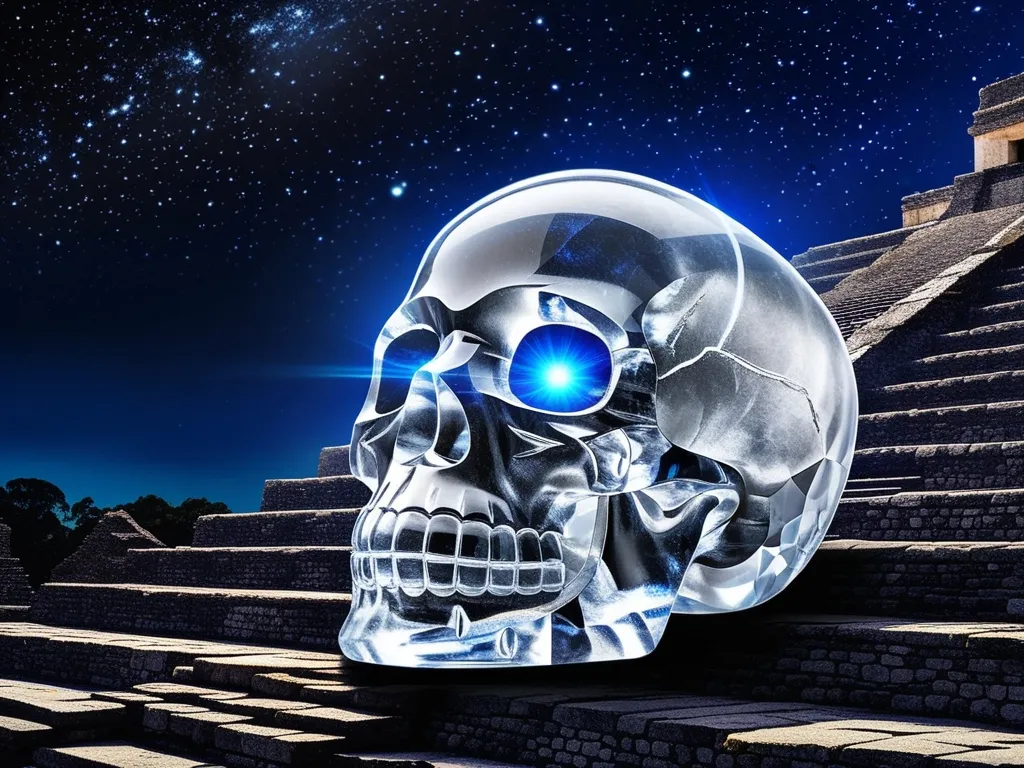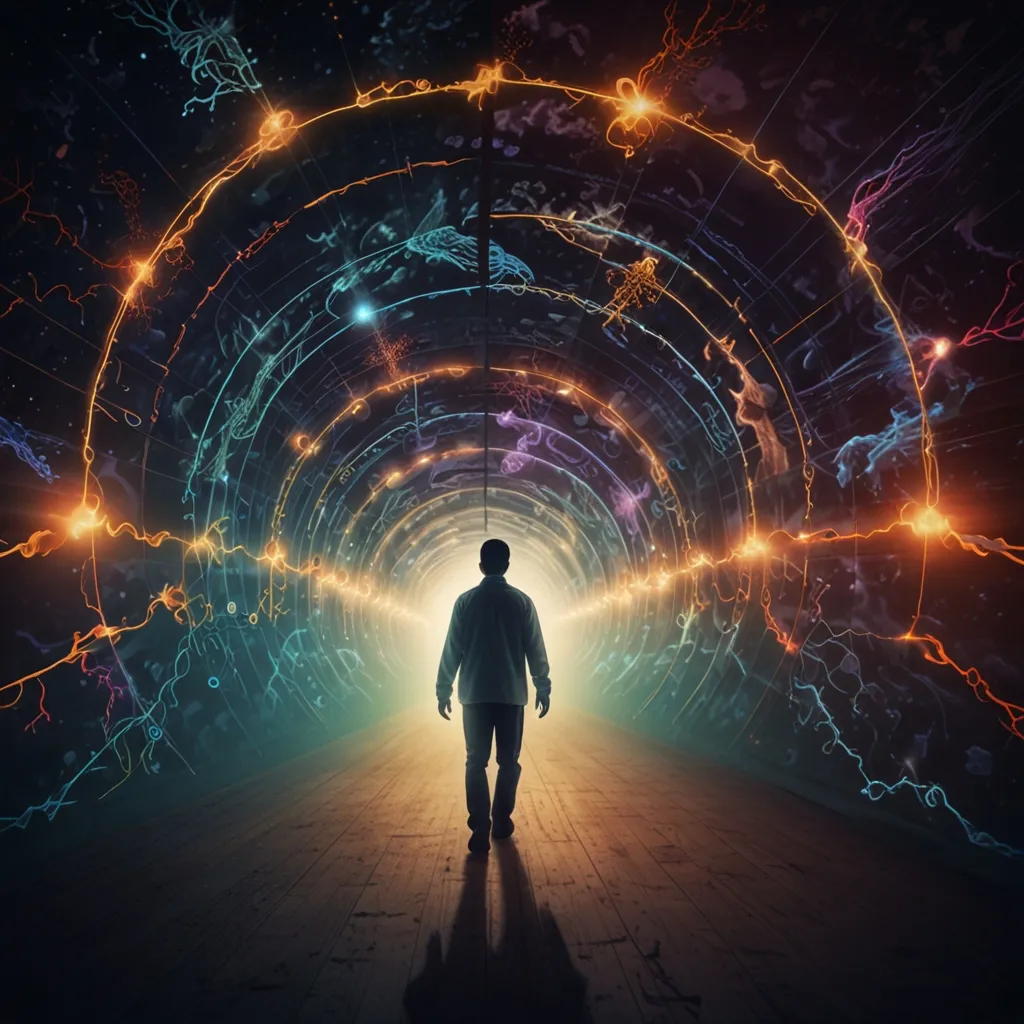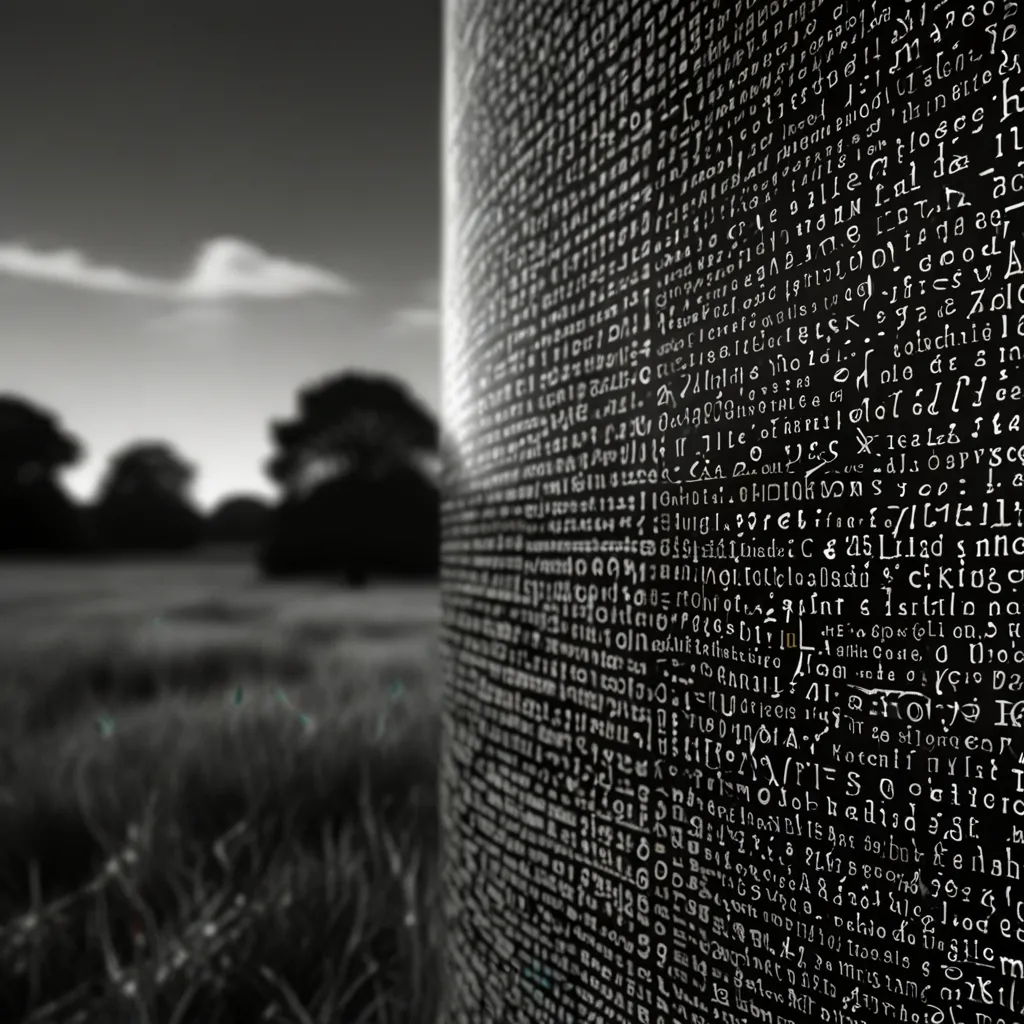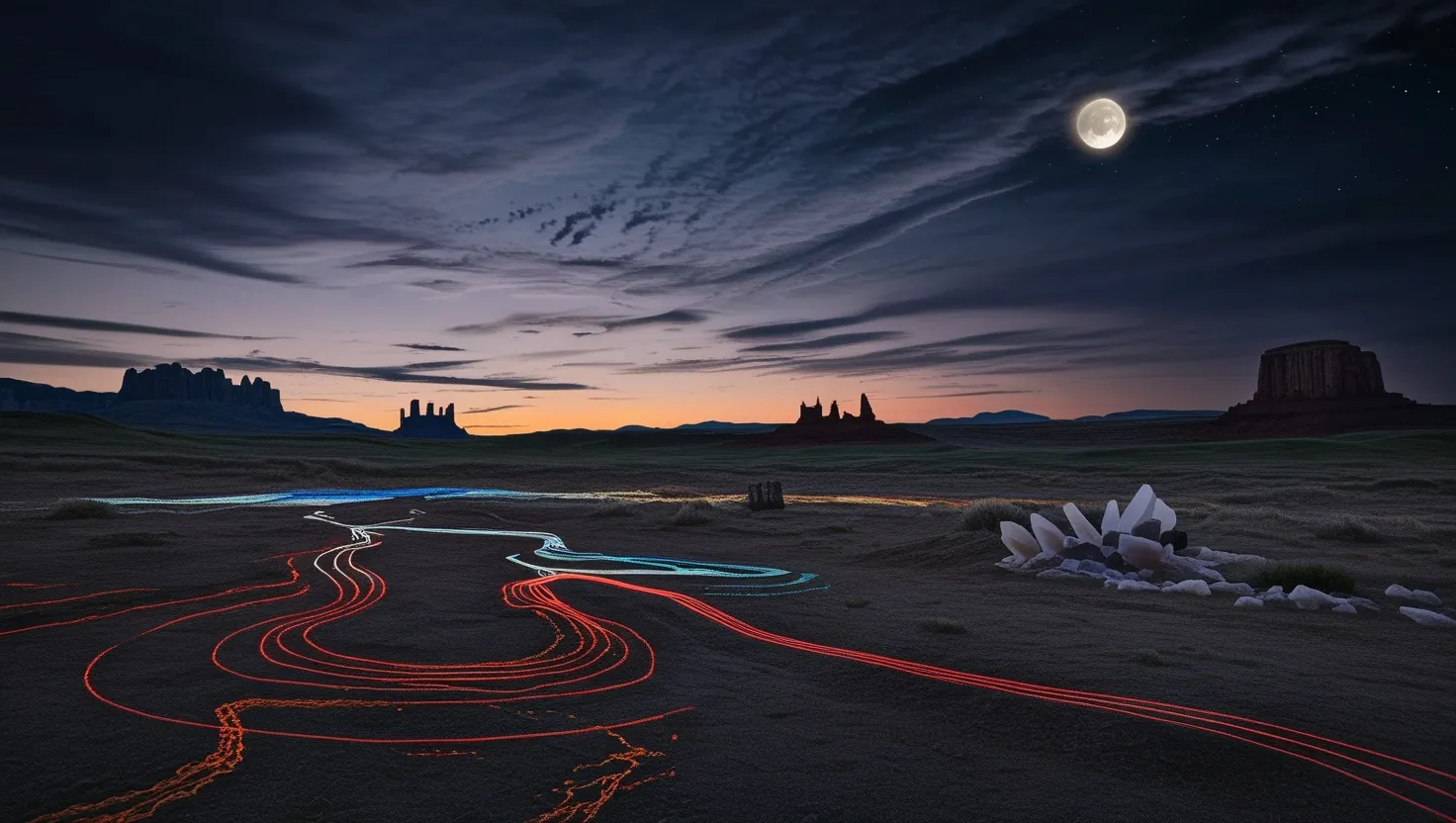The Enigma of Aztec Crystal Skulls: Unraveling Fact from Fiction
Crystal skulls have long been a source of fascination, sparking countless debates and theories about their origins and supposed mystical powers. These intricately carved quartz masterpieces have captured the imagination of people worldwide, blurring the lines between archaeology, myth, and the supernatural.
Picture this: gleaming skulls, ranging from pocket-sized to as large as a bowling ball, each meticulously carved from a single piece of quartz. It’s no wonder these objects have become the stuff of legend. But what’s the real story behind these captivating artifacts?
The tale of the crystal skulls begins in the mid-19th century when the first recorded appearance hit the scene. In 1856, the British Museum snagged a miniature skull, touted as an Aztec relic. From there, more skulls popped up, including another one the British Museum bought from Tiffany & Co. in 1897. At first, folks were quick to believe these were genuine pre-Columbian artifacts. But as time went on, the cracks in this theory started to show.
Let’s talk about the elephant in the room – the tools used to carve these skulls. In 2008, some clever researchers from the Smithsonian and the British Museum put these skulls under the microscope. What they found was a game-changer. The skulls showed signs of being carved with rotary wheels and synthetic abrasives like carborundum. Now, I don’t know about you, but I’m pretty sure the Aztecs didn’t have access to that kind of gear.
But wait, there’s more! The quartz itself had a story to tell. Turns out, the rock likely came from places like Brazil or Madagascar – not exactly on the Aztec’s trading routes. It’s like finding a pineapple in medieval Europe – something’s not adding up.
So, if the Aztecs didn’t make these skulls, who did? Enter Eugène Boban, a French dealer with a knack for passing off modern artifacts as ancient treasures. It’s believed that many of these skulls were actually whipped up in Germany during the late 19th century. Talk about a plot twist!
Now, let’s chat about Frederick Arthur Mitchell-Hedges, a real character in this crystal skull saga. This guy claimed he found a skull in a ruined temple in Belize. He spun tales of its mystical powers, even saying it could emit blue lights from its eyes. Pretty wild, right? Well, hate to burst your bubble, but it turns out Mitchell-Hedges actually bought the skull at an auction in London. So much for Indiana Jones-style adventures!
Despite all the scientific evidence pointing to these skulls being clever fakes, their allure persists. Some folks still believe these crystal craniums have mystical powers, acting as portals to other realms or ancient computers storing knowledge from lost civilizations. The idea of using these skulls for scrying – you know, staring into them to gain metaphysical insights – has roots in Mayan traditions. But let’s be real, it’s been blown way out of proportion when it comes to these particular skulls.
Now, I’m not saying quartz isn’t cool. It’s got some pretty unique properties. For instance, it can generate electricity when you apply physical stress to it – a neat trick called piezoelectricity. But while this adds to the mystique of the skulls, it doesn’t prove they’re ancient or have supernatural abilities.
At the end of the day, the crystal skulls are a fascinating example of how myths and legends can take on a life of their own. They highlight the murky waters between archaeology and antiquarianism, especially back in the 19th century when people were hungry for ancient artifacts and weren’t asking too many questions.
For those of us who can’t help but be intrigued by these enigmatic objects, it’s crucial to separate fact from fiction. While they may not be the ancient technological marvels some claim them to be, they’re still pretty impressive examples of human craftsmanship. And let’s face it, they make for one heck of a story.
As we dig deeper into the mysteries surrounding these skulls, we’re reminded that sometimes the most captivating tales are those that blend a little bit of truth with a whole lot of imagination. Whether you’re a believer in their mystical powers or see them as clever forgeries, there’s no denying that the crystal skulls have left an indelible mark on our collective imagination.
But let’s take a step back and look at the bigger picture. What does our fascination with these skulls say about us as a society? Perhaps it speaks to our innate desire to believe in something greater than ourselves, to find connections to ancient wisdom and lost civilizations. Or maybe it’s just human nature to be drawn to shiny, mysterious objects with a good story behind them.
The crystal skull phenomenon also raises interesting questions about the nature of authenticity and value in the world of artifacts. Does the fact that these skulls are likely modern creations make them any less valuable or interesting? Some might argue that the craftsmanship and the cultural impact of these skulls make them significant in their own right, regardless of their true origins.
It’s worth noting that the crystal skulls have had a significant impact on popular culture. They’ve inspired countless books, movies, and even video games. Remember Indiana Jones and the Kingdom of the Crystal Skull? While the movie might not have been everyone’s cup of tea, it certainly brought the legend of the crystal skulls to a whole new audience.
The skulls have also become a staple in New Age and alternative spiritual communities. Many people find comfort and inspiration in these objects, using them as focal points for meditation or as symbols of ancient wisdom. While the scientific community might roll their eyes at such practices, it’s hard to deny the personal meaning these skulls hold for many individuals.
From a historical perspective, the crystal skull saga provides an interesting glimpse into the world of 19th-century archaeology and antiquities trade. It was a time of great excitement and discovery, but also of rampant fraud and misrepresentation. The story of the crystal skulls serves as a cautionary tale about the importance of rigorous scientific analysis and the dangers of letting our desire for the extraordinary cloud our judgment.
But perhaps the most intriguing aspect of the crystal skulls is the way they continue to captivate us, even in the face of overwhelming evidence that they’re not what they were once claimed to be. There’s something almost magical about an object that can inspire such wonder and speculation, regardless of its true origins.
In the end, the legacy of the crystal skulls is a complex one. They stand as testaments to human creativity and craftsmanship, cautionary tales about the perils of pseudoarchaeology, and enduring symbols of our fascination with the mysterious and the unknown. Whether you see them as priceless artifacts or elaborate hoaxes, there’s no denying that the crystal skulls have earned their place in the annals of archaeological lore.
So, the next time you come across a story about crystal skulls, take a moment to appreciate the intricate dance between fact and fiction that surrounds these enigmatic objects. Who knows? Maybe there’s still more to discover about these gleaming quartz craniums. After all, in the world of archaeology and human imagination, stranger things have happened.






